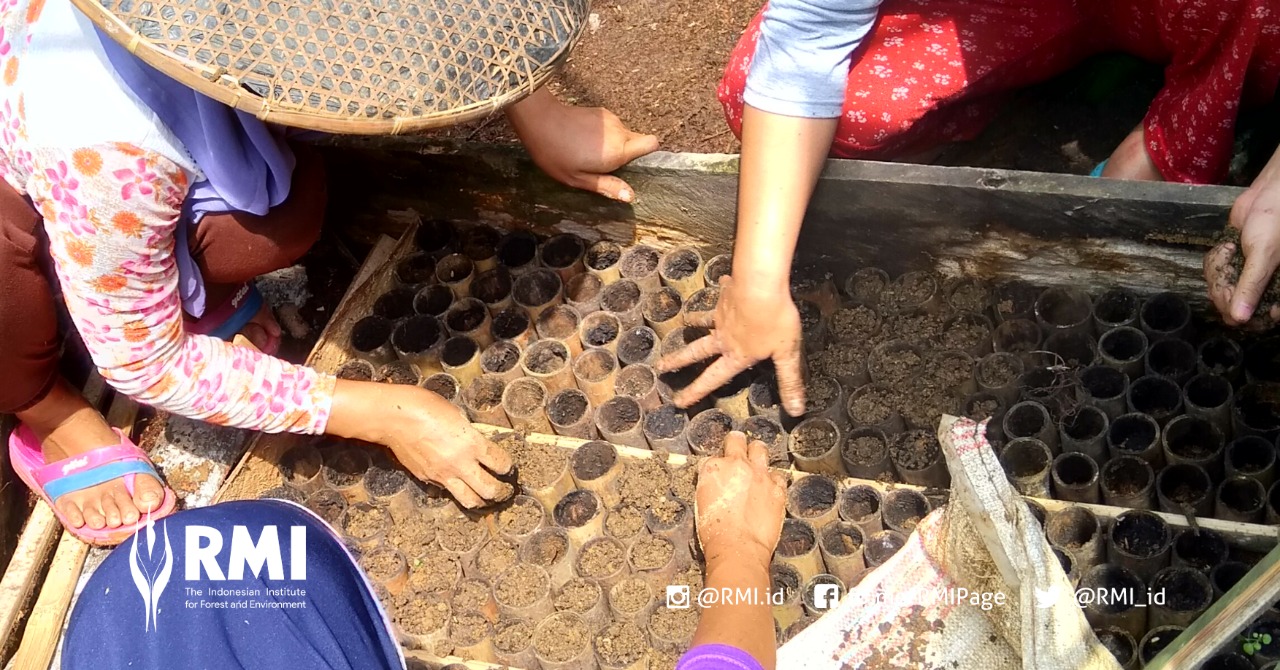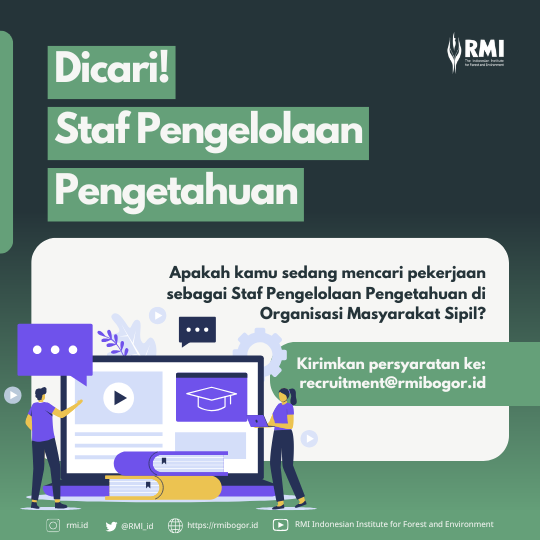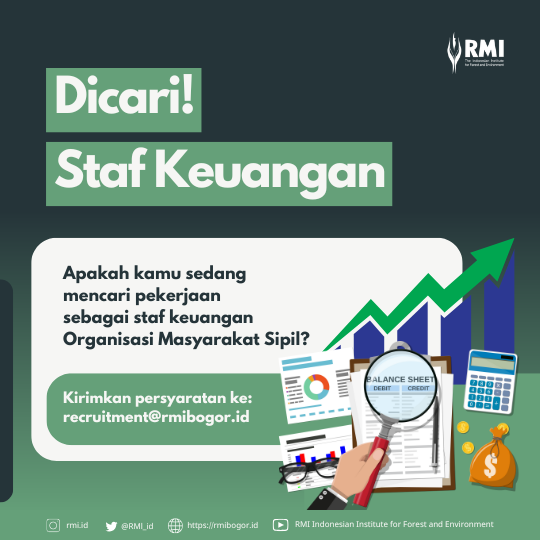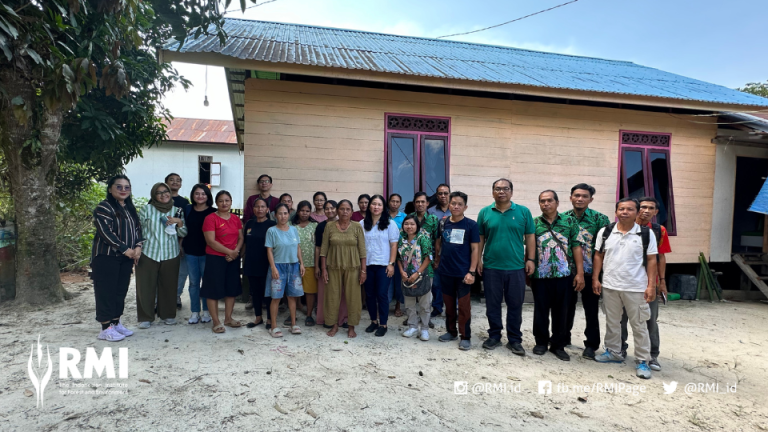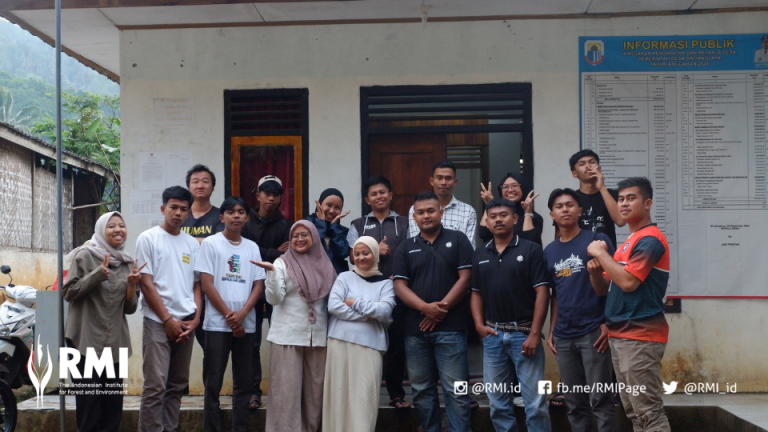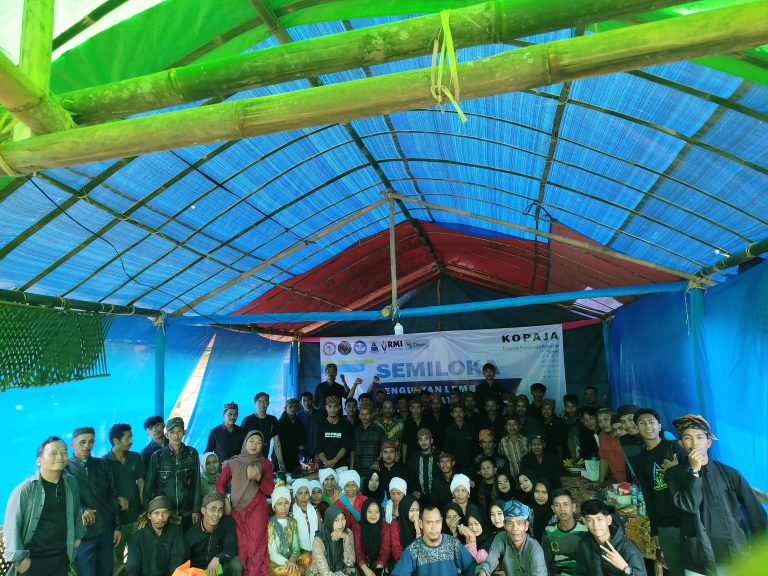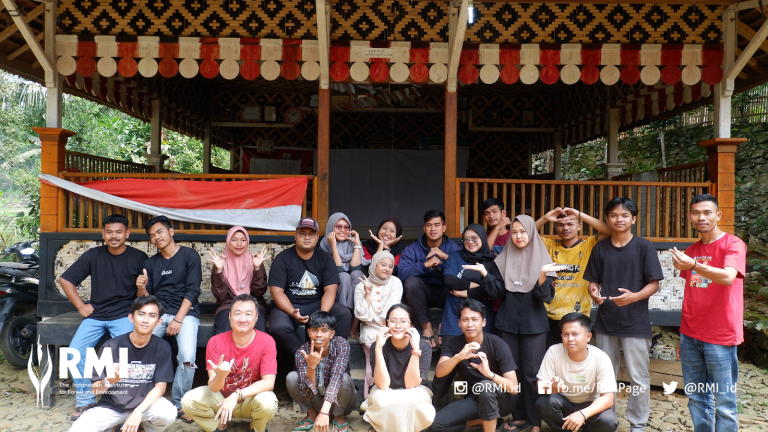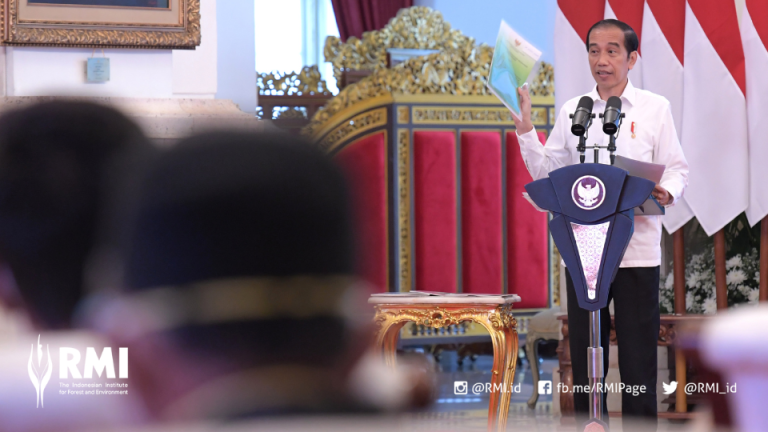
Kasepuhan Cibarani Indigenous Peoples are indigenous peoples who live in the administrative area of Cibarani Village, Cirinten District, Lebak, Banten. According to the current village head and customary head, Dulhani, the first pupuhu or ancestor of Kasepuhan was Ama Haji Dul Patah. They had lived in their wewengkon (customary territory) long before the Dutch colonial era.
The customary territory of Kasepuhan Cibarani covers almost the entire Cibarani Village which consists of 10 villages with an area of approximately 1,200 hectares. Kasepuhan Cibarani Indigenous Peoples are descended from Parung Kujang, a pancer (center, parent group) in the Kasepuhan.
Generally, the Cibarani people are engaged in agriculture. Every day, they cultivate rice fields and gardens. This routine is carried out from morning to evening, except Friday and Tuesday due to taboos in Kasepuhan Cibarani.
On November 5, 2018, the customary head of Kasepuhan Cibarani Indigenous Peoples, Abah Dulhani, directly submitted the Kasepuhan Cibarani Customary Forest application to the Minister of Environment and Forestry, Siti Nurbaya in Manggala Wanabakti, Jakarta. Part of the customary area proposed to become Customary Forest is a forest area that functions as Production Forest and is held by Perum Perhutani.
Furthermore, on July 31, 2019, the Kasepuhan Cibarani Customary Forest Verification and Validation Team carried out the verification and validation process of the subject and object of submitting Customary Forest simultaneously in three locations: (1) Kasepuhan Cibarani Multipurpose Center, (2) Border between Cibarani and Baduy in Sukawaris Village, and (3) Mount Liman Block in Pasir Sempur Village.
Economic Potential and Natural Resources
Cultivating rice fields is a primary activity for the Kasepuhan Cibarani Indigenous Peoples. Kasepuhan Cibarani Indigenous Peoples usually grow rice and harvest it twice a year. The seed varieties that are used are various types of local seeds called pare gede. There are about 20 varieties recorded that are still stored in leuit (traditional barn). Generally, the community use cereh apel seeds which take 4-5 months to harvest. The rice harvest is not traded, but only for the community’s consumption and stored in the leuit (traditional barn). This activity is also a form of the food sovereignty system initiated by the Kasepuhan ancestors.
To get cash, the community trades plantation products such as palm sugar, chocolate, cloves, coffee, rindu, petai, jengkol and seasonal fruits. In addition, the community also works as daily and/or weekly farm laborers, timber transporters and seasonal harvest workers. The distribution of the livelihoods sources of Kasepuhan Cibarani Indigenous Peoples from the agricultural sector can be divided into daily, weekly, monthly and annually.
Income that is included in the daily source of livelihoods, among others, farm labour and the sale of palm sugar. Whereas income that is classified as a weekly source of livelihood, namely farm laborers and harvest laborers, bananas, picung, chocolate, palm sugar, and rubber. Monthly sources of livelihood consist of sales of rice, corn, cucumbers, bananas, as well as farm laborers and harvest laborers. On the other hand, the main source of annual livelihood comes from selling cloves, coffee, durian, rambutan and timber. Although the numbers are not large, some people also earn income from raising goats and chickens.
Kasepuhan Cibarani Indigenous Peoples have quite diverse sources of income. With the issuance of the Customary Forest Decree, their livelihoods will be more secure. Customary forests are the rights of indigenous peoples and a community management system combined with local wisdom will certainly provide two benefits at once: forest benefits and preservation.
Author: Siti Marfu’ah
Editor: Indra N. Hatasura
Translator: Alfina Khairunnisa

